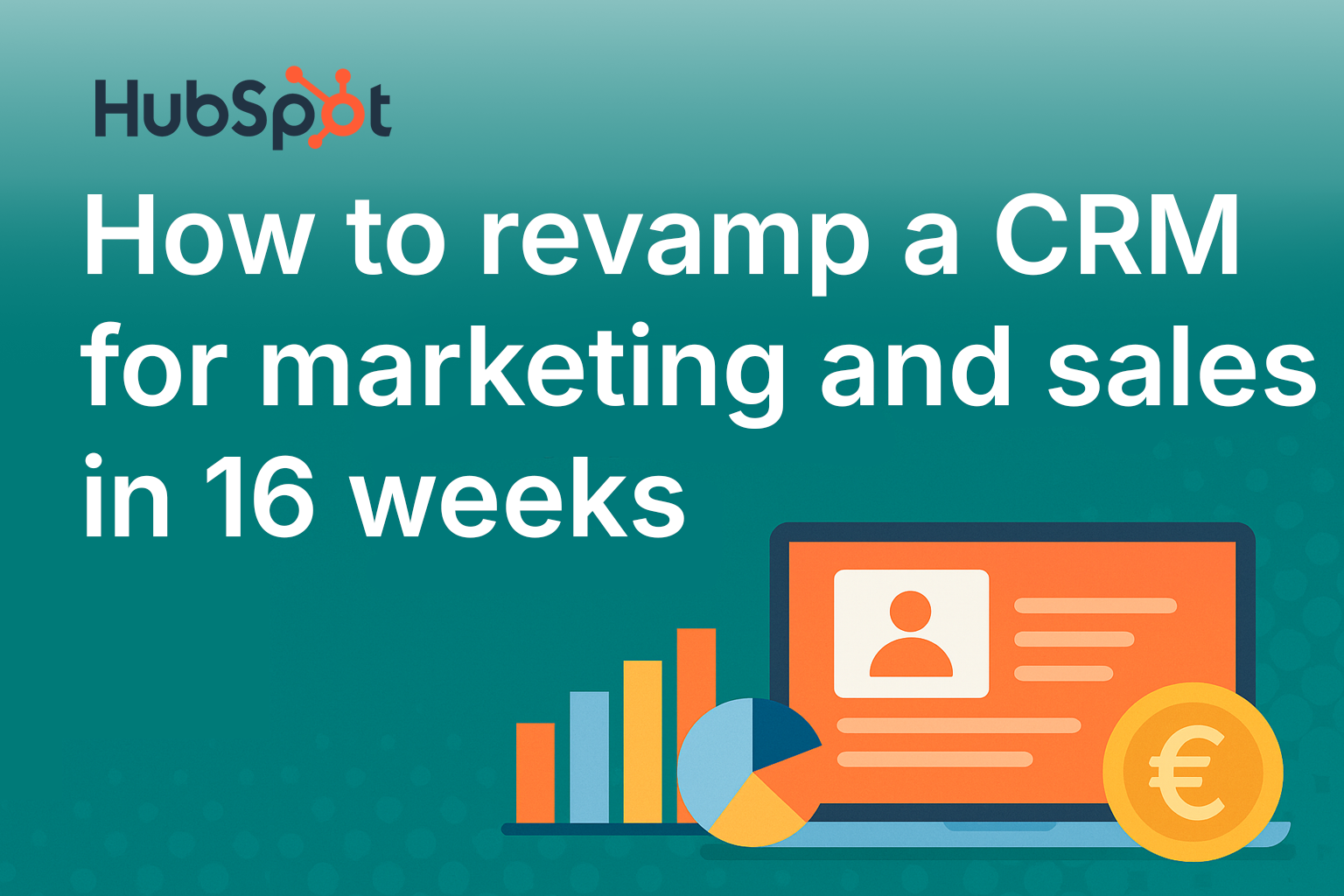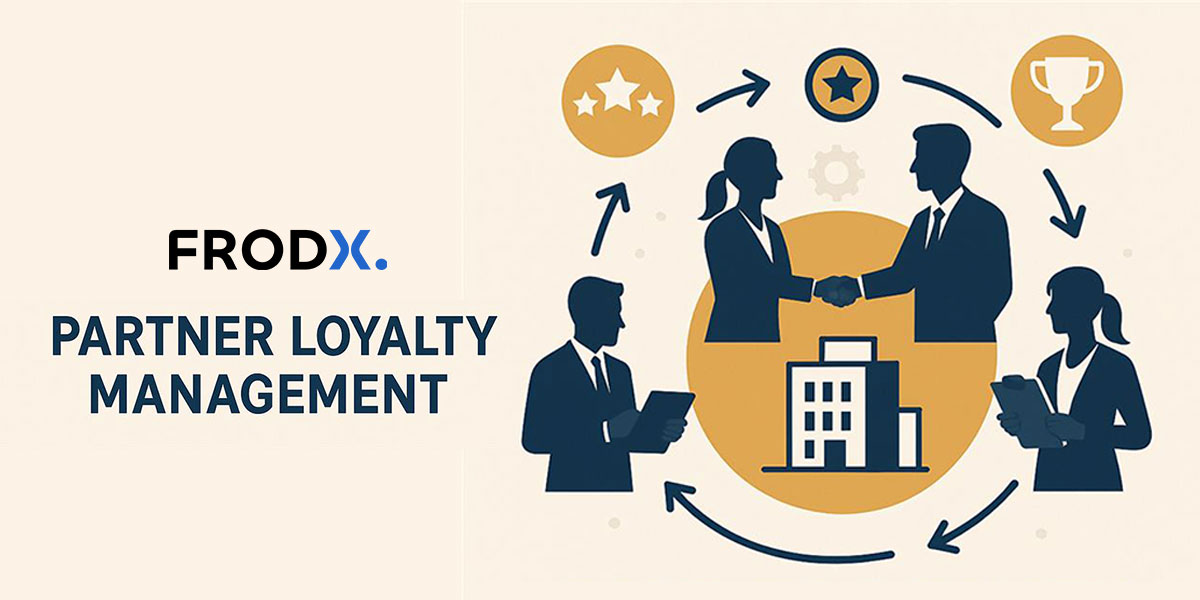How a B2B Company Can Overhaul Its CRM and Revamp Sales & Marketing Tools—in Just 16 Weeks (and What It'll Cost)

Last week, I got three calls from three different B2B companies—one from Croatia and two from Slovenia. All three were looking for the same thing: a clear roadmap to upgrade their sales and marketing setup by next year. Their goal? Use the slower summer months to map it all out.
Each of them wanted to modernize—and most importantly, simplify—their current tech stack. They wanted all customer data and reporting in one place. Sound familiar? Here's exactly what I walk clients through on that first call.
Summer's perfect for this. When things slow down, companies finally have breathing room to think—and that's huge.
What B2B companies actually need today (and what they don't)
Looking back at the past 18 months, I keep seeing the same thing. Midsize B2B companies (typically 50 to 500 employees) that we've worked with in 2024 and early 2025 usually come to us with the same priorities:
They want a better way to capture and qualify new leads (inbound, outbound, events, trade shows).
They want everything in one system. Right now? Their data's scattered across ERPs, random tools, and Excel sheets for forecasting and reporting.
They're ready to start using automation and AI—especially for personalized messaging, lead qualification, purchase intent scoring, and content generation. And they want a partner who gets the full CX picture and has real-world experience bringing AI to sales and marketing.
What a typical CRM and marketing automation implementation looks like
Most of these companies rely on their ERP for basic sales stuff—contacts, quotes, orders, invoices. But it's usually too rigid for modern sales and marketing needs. Excel is still their go-to for forecasts and reporting, which means tons of manual work and even more room for error. And as for a single view of customer communication? Usually impossible.
So here's the thing—here's what most implementations actually look like when companies choose HubSpot:
Timeline
About 16 weeks from kickoff to a fully functioning system: 12 weeks to go live, followed by 4 weeks of HyperCare support from our HubSpot consultants.
What they get
- A unified CRM with a sales pipeline (6–8 stages), connected to contact forms and email campaigns.
- 3 automated nurture flows to guide leads through the funnel.
- Integration with LinkedIn Sales Navigator for outbound prospecting.
- A lead capture tool for trade shows (HubSpot mobile app) and webinar integration (Zoom).
- 3 interactive dashboards—one for sales, one for marketing, and one for company leadership.
- Hands-on training for both sales and marketing teams.
- 30-day HyperCare support post-launch.

CAPEX: Initial investment
Typically between €20,000 and €30,000, covering everything above.
OPEX: Annual cost
Roughly €30,000 per year (less with a 3-year commitment), which includes:
- HubSpot licenses (up to 20,000 contacts)
- Up to 15 sales users
- 3 marketing users
Why you need a strong project owner on your side
If there's one thing I've learned, it's this: internal ownership makes or breaks the project.
For a CRM rollout to succeed, you'll need at least one internal project owner who can dedicate roughly 50% of their time (0.5 FTE) during the first three months. Someone who can make quick decisions, transfer knowledge, and help drive adoption across the company.
On one recent project, the head of marketing pushed back at first. Then he discovered how easy it was to A/B test email campaigns and see real-time results—without bugging IT. Two months later, he was the one pushing to expand the platform to loyalty and ad campaign management. None of that would've happened without a strong internal champion. External vendors like us can't sort out internal politics on our own.
And just to be clear—this owner doesn't have to be from IT. What matters most is that they understand your sales and marketing workflows, and they've got just the right mix of authority and patience to navigate internal alignment and drive consensus.
What our HubSpot-based solutions typically include
Eventually, every client wants a deeper look into what HubSpot can actually do. A live demo becomes inevitable. Sometimes even a visit to one of our reference clients. Here's a quick breakdown of what our typical B2B implementations cover:
- Inbound Marketing: content management, SEO support, social media, no-code landing pages, forms, email campaigns, nurture flows, A/B testing, analytics. 👉 See an inbound solution in action
- B2B Sales: sales pipelines, deal management, task automation, AI lead scoring, integration with prospecting tools. 👉 See B2B sales and CRM
- Partner Channels: managing agents and distributors, lead assignment, performance tracking, automated partner comms. 👉 See our partner solutions
- Omnichannel Sales & Support: email, chat, phone, bots—fully integrated with CRM and reporting. 👉 See an omnichannel use case
Thinking about a CRM upgrade for 2026?
If your company is in a similar spot—wanting to streamline, consolidate, and gain a strategic edge for 2026—summer really is the perfect time to take that first step.
If this story sounds familiar (or you've got a few unique twists of your own), shoot us a message. Let's have a quick chat and figure out the smartest way forward for you and your business.
Better to plan now... so you're not stuck dealing with Excel sheets while you're trying to enjoy your vacation next year.
P.S. The 16-week estimate and pricing details apply specifically to projects we deliver on HubSpot. In our experience, implementations on platforms like Salesforce, Microsoft Dynamics, or SAP take way longer and follow a completely different playbook.


